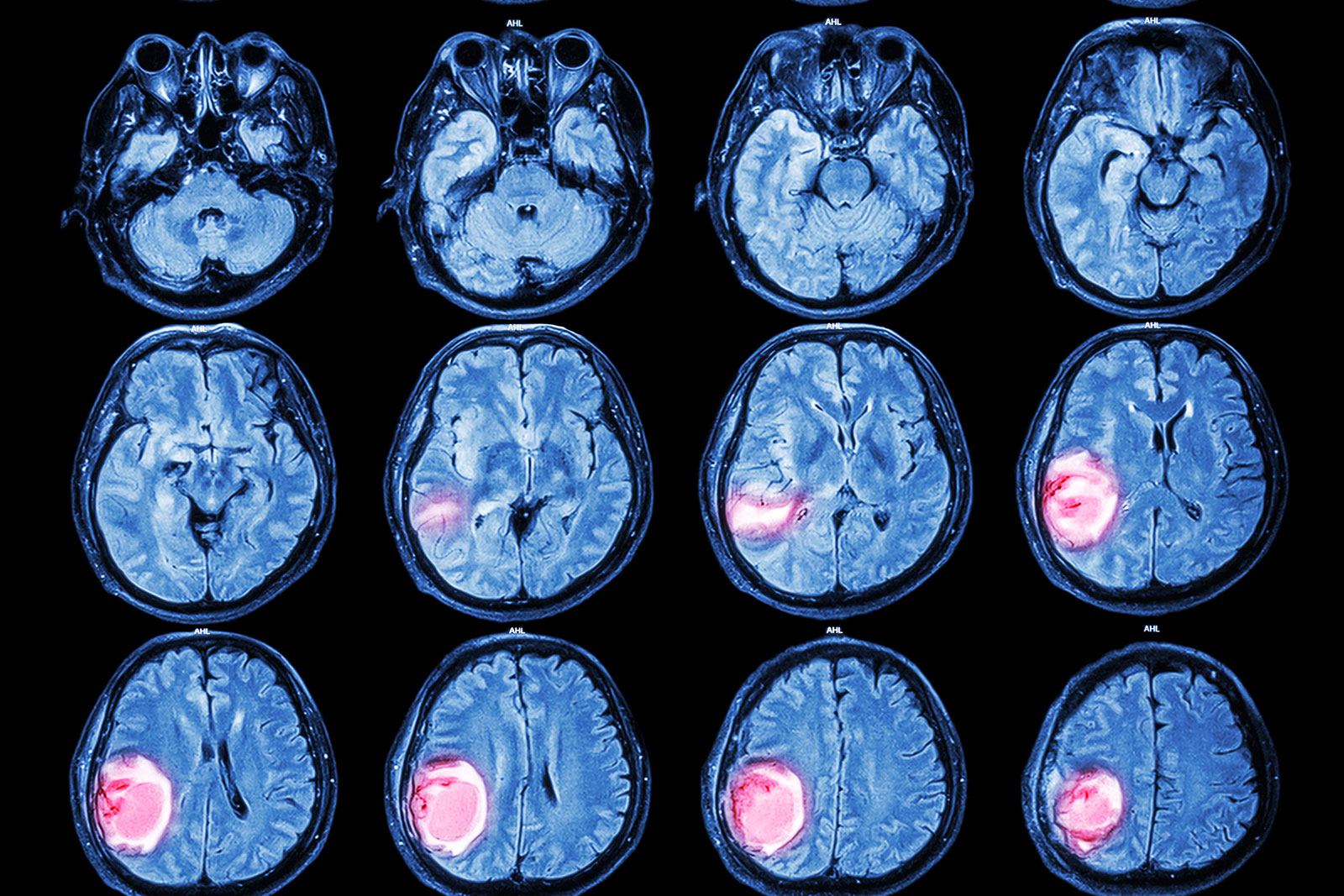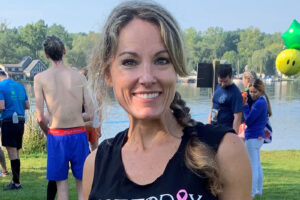Try to picture it: Without warning, genetic predisposition or family history, you’re diagnosed with cancer. You figure it was a fluke, a moment of cellular rebellion with no known cause other than a bodily betrayal at the molecular level. But what if other people in your community start receiving cancer diagnoses, too?
This is typically how a “cancer cluster” forms. The Centers for Disease Control and Prevention (CDC) defines a cancer cluster as a “greater-than-expected” number of cancer cases occurring within a group of people in a geographic area over a period of time. Before a series of cancer diagnoses can be identified as a cancer cluster, all cases must involve the same type of cancer or a variety of types that have been proven to have the same cause (typically due to environmental factors). As well, the boundaries of population (based on things like race or ethnicity, age and gender), geographical area and period of time must be clearly defined. The CDC also recognizes that cancer clusters cannot be due to chance, miscalculations or known causes of cancer (like smoking).
The presence of a cancer cluster often comes into public consciousness due to cancers caused by environmental factors, like pollution from companies knowingly poisoning the air or soil with toxic chemicals or a government refusing to protect its people from these facilities.
Most recently, a suspected cancer cluster was discovered in Houston’s Fifth Ward and Kashmere Gardens neighborhoods. According to a December 2019 article in the Houston Chronicle, the Texas Department of State Health Services reported elevated cancer rates in these neighborhoods in August 2019, but did not share their findings with residents until December. A nearby rail yard treated with creosote caused the toxic chemical to seep into groundwater. The Environmental Protection Agency (EPA) considers creosote a “probable cancer-causing substance,” and these neighborhoods experienced elevated rates of lung and bronchus, esophagus and larynx cancers between the years 2000 and 2016.
Perhaps the most famous suspected cancer cluster was caused by Pacific Gas and Electric Co., which dumped about 370 million gallons of hexavalent chromium-tainted water into ponds around the town of Hinkley, California. The 1993 investigation led to a class-action lawsuit that was settled for $333 million. The case was made famous by the Julia Roberts film “Erin Brockovich,” named for the legal clerk who fought for the residents affected by a variety of illnesses, including cancer.
According to the American Cancer Society, about 1,000 suspected cancer clusters are reported to state health departments each year. But many of these cases remain unexamined. Even so, a 2012 study from Emory University revealed that from 1990 to 2011, only about 13 percent of cases studied were confirmed as actual cancer clusters.
Virtually no sector of the EPA’s work has escaped reversals that will cause disease and death among the U.S. population,” The Intercept reports.
Most reports on suspected cancer clusters end similarly—further research is typically needed to definitively tie a series of cancer diagnoses to commercial pollutants. But if further research is difficult to support today, what does that mean for tomorrow under the Trump administration, whose recent legislation loosening Environmental Protection Agency (EPA) regulations has the potential to send cancer rates skyrocketing?
A January 2020 report from online magazine The Intercept examines the case of Angela Ramirez, who suspects her breast cancer diagnosis was caused by exposure to ethylene oxide, a carcinogen emitted by two facilities located near her home and work. In 2016, two years before her diagnosis, the EPA lowered the safety threshold of ethylene oxide, noting that exposure can cause tumors in the brain, lungs, uterus and lymph systems. According to The Intercept, “the new threshold allowed the EPA Office of Air and Radiation to identify the census tracts where residents were at increased risk of cancer from breathing ethylene oxide.” But the Trump administration recently announced it would not honor the 2016 updated safety threshold.
“Virtually no sector of the EPA’s work has escaped reversals that will cause disease and death among the U.S. population,” The Intercept reports. An August 2018 article from The Guardian notes Trump’s greenhouse gas emissions plan would actually increase emissions from coal-fired power plants, resulting in “as many as 1,400 premature deaths each year.” In January 2019, Vox said the EPA is loosening restrictions on toxic chemical emissions from chemical plants or factories, essentially deregulating the industry in regards to air pollution. And perhaps worst of all, in February 2019, the Environmental Integrity Project released a report detailing how EPA oversight has been dramatically reduced under Trump, with declines in “inspections, polluters charged with crimes, civil penalties, pollution reductions, and EPA enforcement staffing.”
Some Americans are worse off than others, especially when it comes to cancer. An October 2017 report from the Union of Concerned Scientists (UCS), a nonprofit news organization founded by scientists at MIT, says cancer caused by pollution disproportionately affects people of color and people living in poverty. “Blacks, Hispanics, and people living below or near poverty levels are significantly more likely to live near industrial facilities that use large quantities of toxic chemicals and pose risks of major chemical disasters,” the report says.
According to the Intercept, Penny Dryden of Wilmington, Delaware, for example, has been diagnosed with cancer three times. This seemed to be a fact of life in her mostly African American neighborhood.
In May 2019, due to the rise in suspected cancer clusters, the CDC issued a notice that they will release updated guidelines (from 2013) for cancer cluster investigations, due out in 2021. While confirmation of a cancer cluster is the first step in reducing the number of potential diagnoses, what comes next? If the Trump administration makes it easier for facilities to poison its neighbors with the loosening of EPA regulations—all in the name of money—what are the next steps? In the case of Taylor Wind, the Mooresville teen diagnosed with thyroid cancer, her family sold their home and relocated to Florida, but what of the families with financial limitations that aren’t able to take these same precautions? It seems only time will tell.







